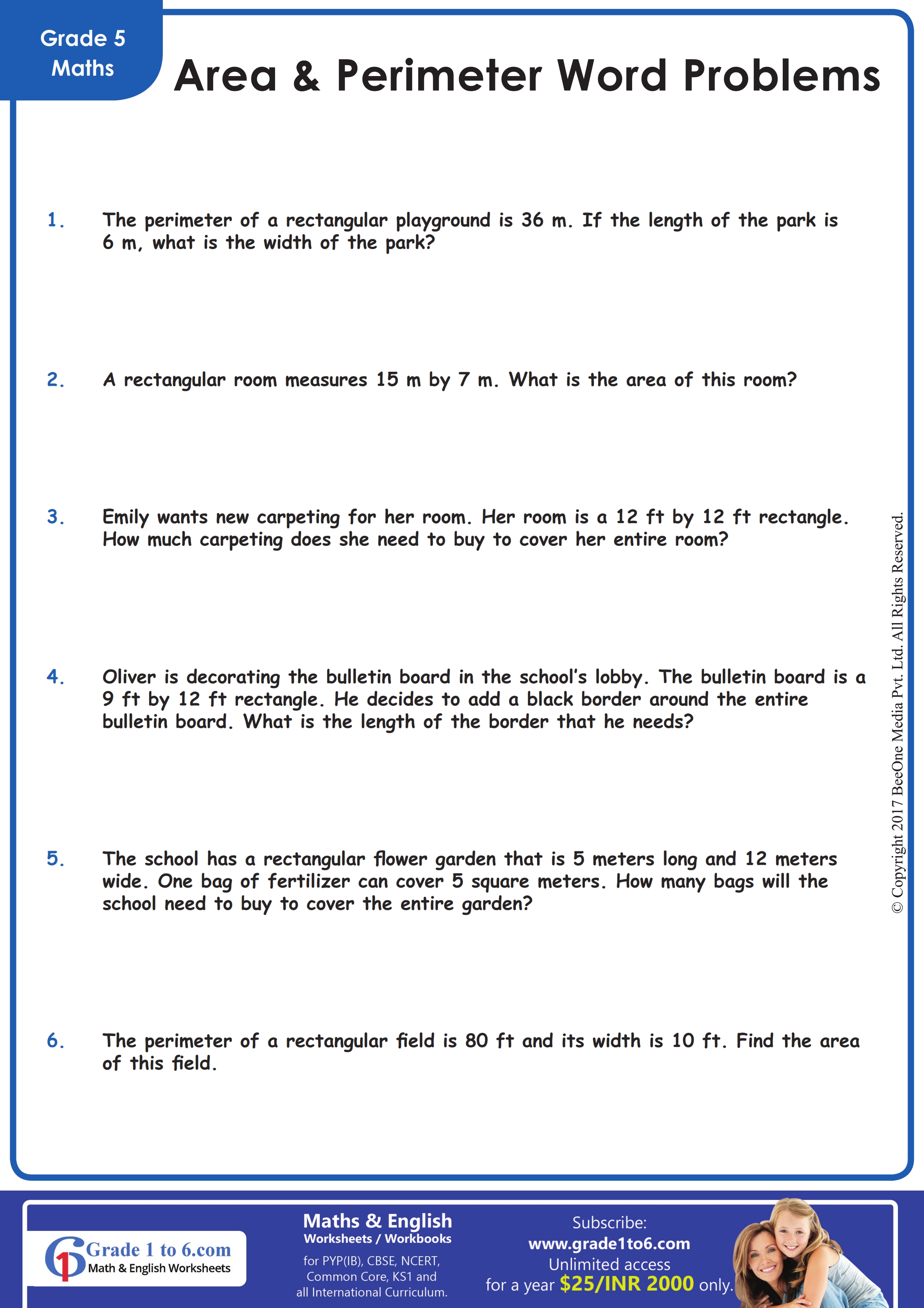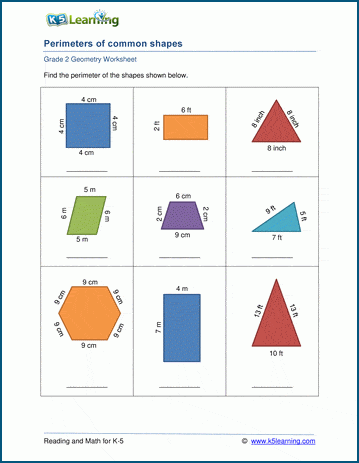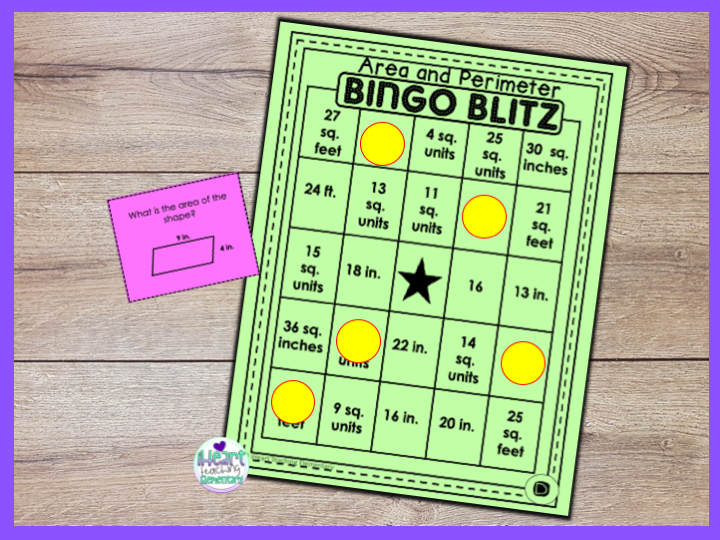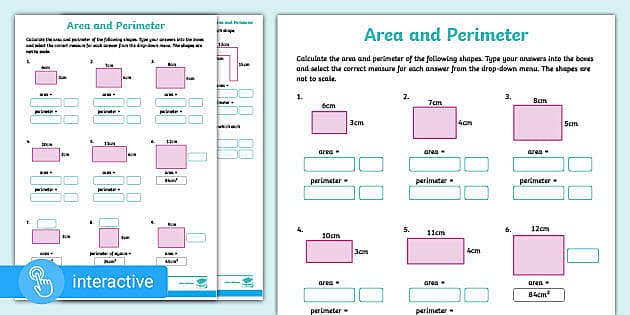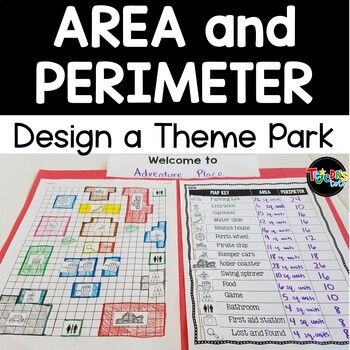Topic what is the formula of the perimeter of a circle: Understanding the perimeter of a circle, also known as the circumference, is essential for various mathematical and real-world applications. This guide will explore the formula, offer examples, and provide practical solutions to help you master this fundamental concept.
Table of Content
- Perimeter of a Circle
- Introduction to the Perimeter of a Circle
- Understanding the Circumference
- Formulas for Calculating the Perimeter
- Examples and Step-by-Step Solutions
- Perimeter of a Semi-Circle
- Using the Diameter to Find the Perimeter
- Calculating Radius from the Perimeter
- Applications of the Perimeter Formula
- FAQs on Circle Perimeter
- Additional Resources and Practice Problems
- YOUTUBE: Video hướng dẫn cách tính chu vi hình tròn từ đường kính bằng tiếng Việt, phù hợp cho những ai muốn hiểu rõ công thức chu vi hình tròn.
Perimeter of a Circle
The perimeter of a circle is commonly known as the circumference. The formula to calculate the circumference depends on either the radius or the diameter of the circle.
Formulas
- If the radius \( r \) is known: \[ C = 2 \pi r \]
- If the diameter \( d \) is known: \[ C = \pi d \]
Examples
Example 1: Using the Radius
Find the circumference of a circle with a radius of 5 units.
- Using the formula \( C = 2 \pi r \):
- \[ C = 2 \pi (5) = 10 \pi \approx 31.42 \text{ units} \]
Example 2: Using the Diameter
Find the circumference of a circle with a diameter of 10 units.
- Using the formula \( C = \pi d \):
- \[ C = \pi (10) = 10 \pi \approx 31.42 \text{ units} \]
Calculator
You can use an online calculator to quickly find the circumference by inputting either the radius or the diameter of the circle. Simply enter the known value, and the calculator will compute the circumference for you.
Related Topics

READ MORE:
Introduction to the Perimeter of a Circle
The perimeter of a circle, also known as the circumference, is the distance around the circle's edge. Understanding how to calculate the circumference is fundamental in geometry and essential for various applications in science and engineering. The formula to find the circumference of a circle is given by:
\[ C = 2\pi r \]
or
\[ C = \pi d \]
where:
- C is the circumference
- r is the radius of the circle
- d is the diameter of the circle
- \(\pi\) (pi) is a mathematical constant approximately equal to 3.14159
To better understand the formula, consider the following steps:
- Identify the radius (r) or the diameter (d) of the circle.
- Use the formula \( C = 2\pi r \) if you have the radius.
- Use the formula \( C = \pi d \) if you have the diameter.
- Multiply the radius by 2 and then by \(\pi\) if using \( C = 2\pi r \).
- Multiply the diameter by \(\pi\) if using \( C = \pi d \).
Let's consider an example:
| Given | Calculation | Result |
|---|---|---|
| Radius (r) = 5 units | \( C = 2\pi \times 5 \) | \( C = 10\pi \approx 31.4159 \) units |
| Diameter (d) = 10 units | \( C = \pi \times 10 \) | \( C = 10\pi \approx 31.4159 \) units |
Understanding the perimeter of a circle is crucial for solving problems involving circular shapes, calculating distances, and in various engineering fields. By mastering this concept, you can apply it to a wide range of practical scenarios.
Understanding the Circumference
The circumference of a circle, often referred to as the perimeter, is the distance around the circle. It is a fundamental concept in geometry and can be calculated using the following formulas:
- Using the radius (r): \( C = 2\pi r \)
- Using the diameter (d): \( C = \pi d \)
Here, \( \pi \) (pi) is a constant approximately equal to 3.14159. The radius is the distance from the center of the circle to any point on its boundary, and the diameter is twice the radius, spanning across the circle through its center.
To better understand these formulas, let's explore some examples:
- Example 1: Calculate the circumference of a circle with a radius of 4 cm.
- Using the formula \( C = 2\pi r \):
\( C = 2 \times \pi \times 4 \)
\( C = 8\pi \approx 25.13 \) cm
- Using the formula \( C = 2\pi r \):
- Example 2: Find the circumference of a circle with a diameter of 10 cm.
- Using the formula \( C = \pi d \):
\( C = \pi \times 10 \)
\( C \approx 31.42 \) cm
- Using the formula \( C = \pi d \):
Understanding the circumference is essential for various applications in mathematics, science, and engineering. By mastering these basic formulas, you can solve a wide range of problems related to circles and their properties.
Formulas for Calculating the Perimeter
The perimeter of a circle, also known as the circumference, can be calculated using different formulas depending on the known values. Here are the primary formulas:
- Using the Radius (r): The formula is \( C = 2\pi r \), where \( C \) is the circumference, \( \pi \) (pi) is approximately 3.14159, and \( r \) is the radius of the circle.
- Using the Diameter (d): The formula is \( C = \pi d \), where \( d \) is the diameter of the circle. Since the diameter is twice the radius ( \( d = 2r \) ), this formula is derived from the radius formula.
Let's look at a couple of examples to see these formulas in action:
- Example 1: Find the circumference of a circle with a radius of 5 units.
- Using the formula \( C = 2\pi r \)
- \( C = 2 \times 3.14159 \times 5 \)
- \( C \approx 31.4159 \) units
- Example 2: Find the circumference of a circle with a diameter of 10 units.
- Using the formula \( C = \pi d \)
- \( C = 3.14159 \times 10 \)
- \( C \approx 31.4159 \) units
Examples and Step-by-Step Solutions
Understanding how to calculate the perimeter (circumference) of a circle can be further solidified with examples. Below are detailed, step-by-step solutions to various problems involving the perimeter of a circle.
Example 1: Given the Radius
Calculate the circumference of a circle with a radius of 7 cm.
- Identify the formula: \( C = 2\pi r \)
- Substitute the radius value into the formula: \( C = 2\pi \times 7 \)
- Simplify the expression: \( C = 14\pi \)
- Approximate using \( \pi \approx 3.14 \): \( C \approx 14 \times 3.14 = 43.96 \) cm
Example 2: Given the Diameter
Find the circumference of a circle with a diameter of 10 cm.
- Identify the formula: \( C = \pi d \)
- Substitute the diameter value into the formula: \( C = \pi \times 10 \)
- Simplify the expression: \( C = 10\pi \)
- Approximate using \( \pi \approx 3.14 \): \( C \approx 10 \times 3.14 = 31.4 \) cm
Example 3: Finding the Radius from the Circumference
Determine the radius of a circle with a circumference of \( 25\pi \) cm.
- Identify the formula and known value: \( C = 2\pi r \) and \( C = 25\pi \)
- Set up the equation: \( 25\pi = 2\pi r \)
- Divide both sides by \( 2\pi \): \( r = \frac{25\pi}{2\pi} = 12.5 \) cm
Example 4: Using the Area to Find the Circumference
Find the circumference of a circle with an area of 50 square cm.
- Identify the area formula: \( A = \pi r^2 \)
- Solve for the radius: \( r = \sqrt{\frac{A}{\pi}} = \sqrt{\frac{50}{3.14}} \approx 3.99 \) cm
- Use the radius to find the circumference: \( C = 2\pi r = 2\pi \times 3.99 \approx 25.06 \) cm

Perimeter of a Semi-Circle
The perimeter of a semi-circle is the total length around its boundary. It includes half the circumference of the original circle and the diameter. To calculate this, use the formula:
Where r is the radius of the circle.
Step-by-Step Calculation
- Calculate half of the circumference of the circle, which is
- Find the diameter,
- Add these values together to get the perimeter:
Example Calculation
Consider a semi-circle with a radius of 5 cm:
- Calculate half the circumference: cm
- Calculate the diameter: cm
- Add the two values to get the perimeter: cm
Therefore, the perimeter of the semi-circle is 17.85 cm.
Remember, this formula applies to any semi-circle, regardless of the size of its radius.
Using the Diameter to Find the Perimeter
The perimeter of a circle, also known as the circumference, can be calculated using the diameter. The diameter of a circle is twice the length of its radius. The formula to find the circumference when the diameter is known is:
\[ C = \pi D \]
Where:
- C is the circumference of the circle
- D is the diameter of the circle
- \pi (pi) is approximately 3.14159
For example, if the diameter of a circle is 10 cm, the circumference can be calculated as follows:
- Identify the diameter: \( D = 10 \, \text{cm} \)
- Use the formula: \( C = \pi \times D \)
- Substitute the values: \( C = 3.14159 \times 10 \)
- Calculate the result: \( C = 31.4159 \, \text{cm} \)
Therefore, the circumference of a circle with a diameter of 10 cm is approximately 31.4159 cm.
This method is particularly useful when the diameter is easier to measure than the radius, allowing for a quick and accurate calculation of the perimeter.
Calculating Radius from the Perimeter
To find the radius of a circle when you know its perimeter (circumference), you can use the formula for the circumference of a circle, which is:
- \( C = 2 \pi r \)
Where \( C \) is the circumference and \( r \) is the radius. Rearranging this formula to solve for the radius gives:
- \( r = \frac{C}{2 \pi} \)
Follow these steps to calculate the radius:
- Measure or obtain the circumference of the circle.
- Divide the circumference by \( 2 \pi \).
- The result is the radius of the circle.
For example, if the circumference of a circle is 31.4 units, the radius can be calculated as follows:
- \( r = \frac{31.4}{2 \pi} \approx \frac{31.4}{6.28} \approx 5 \) units
This method can be applied to any circle as long as the circumference is known.
Applications of the Perimeter Formula
The perimeter formula for a circle, also known as the circumference, is widely used in various real-life applications. Understanding and applying this formula can be useful in numerous fields, including engineering, construction, and everyday tasks. Here are some common applications:
- Engineering and Construction: Engineers and architects often need to calculate the perimeter of circular components, such as wheels, pipes, and columns, to ensure proper fitting and material usage.
- Sports and Recreation: The perimeter of circular tracks, arenas, and courts is calculated to determine the distance athletes need to cover. This is crucial for event planning and layout design.
- Gardening and Landscaping: Landscapers use the perimeter formula to measure circular flower beds, ponds, and fountains to determine the amount of edging material required.
- Manufacturing: Manufacturers of circular objects, such as hula hoops, rings, and lids, use the perimeter formula to design and produce items with precise measurements.
- Art and Design: Artists and designers use the perimeter formula when creating circular artworks, decorations, and structures to achieve accurate dimensions and symmetry.
- Everyday Life: In daily tasks, such as cutting circular cakes or pizzas, the perimeter formula helps to divide the items into equal parts or to measure the required length for wrapping or covering.
By mastering the application of the perimeter formula, one can efficiently solve practical problems and enhance accuracy in various projects and activities.
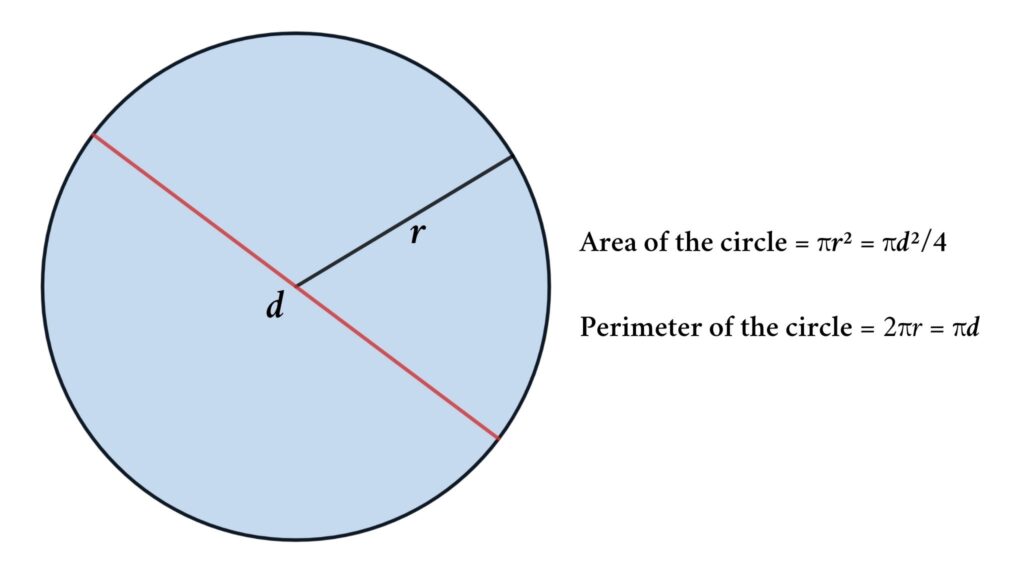
FAQs on Circle Perimeter
Here are some frequently asked questions about the perimeter (circumference) of a circle:
- What is the formula for the perimeter of a circle?
- How do you calculate the perimeter if you know the diameter?
- Can you find the perimeter with the radius?
- Is the perimeter the same as the circumference?
- How is the perimeter of a semicircle calculated?
The formula for the perimeter (circumference) of a circle is \( C = 2\pi r \) or \( C = \pi d \), where \( r \) is the radius and \( d \) is the diameter.
If you know the diameter \( d \) of the circle, you can calculate the perimeter using the formula \( C = \pi d \).
Yes, if you know the radius \( r \) of the circle, you can find the perimeter using the formula \( C = 2\pi r \).
Yes, the terms perimeter and circumference are used interchangeably for circles.
The perimeter of a semicircle is calculated as \( P = \pi r + 2r \), combining the half circumference and the diameter.
These answers cover the basic concepts and calculations related to the perimeter of a circle, helping you understand and solve problems involving circular shapes.
Additional Resources and Practice Problems
For those looking to deepen their understanding of the perimeter (circumference) of a circle, here are some additional resources and practice problems. These resources include detailed explanations, step-by-step guides, and various problems to enhance your learning experience.
-
Understanding the Perimeter Formula
The perimeter of a circle, also known as the circumference, can be calculated using the following formulas:
- Using the radius: \( C = 2\pi r \)
- Using the diameter: \( C = \pi d \)
-
Online Calculators and Tools
- - Access a variety of calculators for different mathematical computations.
- - Provides interactive math worksheets and online tutoring services.
-
Example Problems
-
Find the circumference of a circle with a radius of 10 units.
Solution:
Using \( C = 2\pi r \),
\( C = 2\pi \times 10 \)
\( C = 20\pi \)
The circumference is \( 20\pi \) units.
-
Calculate the perimeter of a circle with a diameter of 14 units.
Solution:
Using \( C = \pi d \),
\( C = \pi \times 14 \)
\( C = 14\pi \)
The circumference is \( 14\pi \) units.
-
A circle has a circumference of 31.4 units. Find its radius.
Solution:
Using \( C = 2\pi r \),
\( 31.4 = 2\pi r \)
\( r = \frac{31.4}{2\pi} \approx 5 \) units.
The radius is approximately 5 units.
-
-
Practice Worksheets
Enhance your skills with these practice problems:
- - Provides printable worksheets for practicing circumference calculations.
- - Offers interactive problems and video tutorials on the circumference of a circle.
Video hướng dẫn cách tính chu vi hình tròn từ đường kính bằng tiếng Việt, phù hợp cho những ai muốn hiểu rõ công thức chu vi hình tròn.
Làm Thế Nào Để Tính Chu Vi Hình Tròn Từ Đường Kính
READ MORE:
Video hướng dẫn cách tính chu vi hình tròn bằng tiếng Việt, phù hợp cho những ai muốn hiểu rõ công thức chu vi hình tròn.
Làm Thế Nào Để Tính Chu Vi Hình Tròn

